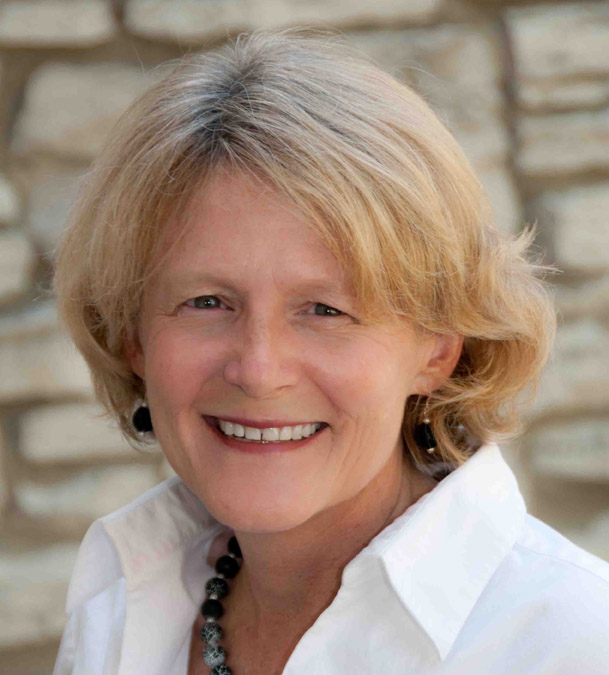Indiana At 200 — Amish Thriving In Northern Indiana
By ANDREA NEAL
In an era of declining church membership for most Christian denominations, one group of believers is experiencing healthy, unprecedented growth.
In 2014, the estimated Amish population in Indiana exceeded 50,000, according to the Young Center for Anabaptist and Pietist Studies at Elizabethtown College. That’s bigger than the cities of Columbus, Jeffersonville or Kokomo, and more than double the Amish population of 15 years ago.
“They are growing. It would be fair to describe them as thriving,” says Jerry Beasley, executive director of Menno-Hof, an interpretive center in Shipshewana that tells the story of the Anabaptist religion. That includes both the Amish and Mennonite denominations, which emerged from the same Reformation-era movement in Europe and ascribe to adult baptism and strict separation from the affairs of state.
The trends defy what’s happening in the general population, which is less likely to connect with formal religion than in generations past. A 2015 Pew Research Center survey found that 28 percent of first-year college students reported no religious affiliation at all, up 12 percentage points since the question first was asked in 1971.
 Beasley says it’s a matter of mathematics. “The Amish continue to have large families, and they have been fairly effective in retaining the children in the church.”
Beasley says it’s a matter of mathematics. “The Amish continue to have large families, and they have been fairly effective in retaining the children in the church.”
Although Indiana Amish are spread throughout the state, the largest concentration is in Elkhart and LaGrange counties, where the population has grown from 5,000 in 1964 to close to 23,000 today. It is the third largest settlement in the United States after Lancaster, Pa., and Holmes County, Ohio.
It is also the state’s oldest Amish community, dating to the 1840s when families in pursuit of more farmland moved west from Pennsylvania and Ohio.

Horse-drawn buggies are a familiar sight in Elkhart and LaGrange counties, where they travel on the shoulder alongside automobiles.
For most Hoosiers, a horse-and-buggy driving alongside cars on rural highways is the most familiar symbol of Amish life, a reflection of the religion’s desire to live simply without influence of modern possessions that would create inequality among members. For the same reason, they generally forbid higher education, dress in plain clothes and avoid using telephones or Internet.
Far from being reclusive, however, Indiana’s Amish are significant contributors to the economies where they reside and to a thriving tourist business around Shipshewana in LaGrange County and Nappanee in Elkhart County.
“Farmland is very difficult to get and hard to find,” Beasley observes. “The Amish have diversified their activity for earning a living.” Many own businesses, work in retail shops or are employed in factories, in particular Elkhart’s recreational-vehicle industry, which provides one of every four jobs in the region.
Increasing contact with the outside world might appear a threat to Amish life, but a 1992 research project found the opposite was true.

Menno-Hof is a nonprofit visitor center with information about the faith and life of Amish and Mennonites. (Photo courtesy Menno-Hof)
As explained by sociologist Thomas J. Meyers, “If they all had to farm with horses, there would be far fewer Amish men today . . . There simply is not enough land for all young people to begin married life on farms.”
In 1988, in an effort to tell their story to the general public, members of the Amish and Mennonite churches opened Menno-Hof in Shipshewana, a museumlike center with interactive exhibits that tell the story of their faith.
Tourists who want to immerse themselves in the culture can also visit Amish Acres in Nappanee, which preserves the Stahly-Nissley-Kuhns farmstead settled by German immigrants circa 1840. The site features the Round Barn Theatre, which perennially presents the show ‘Plain and Fancy,’ a musical comedy about the customs, morals and unique attire of the Amish.
Directions: The Menno-Hof center is at 510 S. Van Buren Street in Shipshewana.
EDITORS NOTE: This is a series of essays leading up to the celebration of the Indiana Bicentennial In December 2016. The essays focus on the top 100 events, ideas and historical figures of Indiana, in chronological order, tying each to a place or current event in Indiana that continues to tell the story of the state.
Andrea Neal is a teacher at St. Richard’s Episcopal School in Indianapolis and adjunct scholar with the Indiana Policy Review Foundation. She has written extensively about taxes, good governance, higher education, civic education and K-12 reform. Contact her at [email protected].
Indiana Policy Review Foundation is a non-profit education foundation focused on state and municipal issues.

